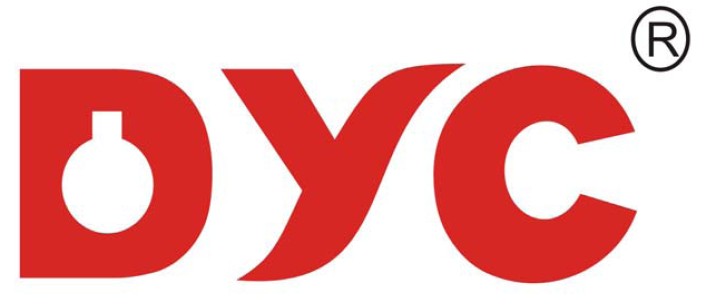
 Five years of qualification
Five years of qualification
 Audited Supplier
Audited Supplier
In This Store
Category:Active Pharmaceutical Ingredients
Product Name:coenzyme q10 303-98-0
CAS No.:303-98-0
Standard:In-house Standards
Price(USD):0.00
Company:Hangzhou Dingyan Chem Co., Ltd
Grade: Pharmaceutical Grade
Factory Location: hangzhou
Main Sales Markets: North America,Central/South America,Western Europe,Eastern Europe,Australasia,Asia,Middle East,Africa
Sample Provided: no
Coenzyme, coenzyme q10, is a yellow or light yellow crystalline powder. In light, acidic, alkaline, high temperature, oxidation environment are unstable, in weak polar solvent and lipid solubility. Coenzyme Q10 are: ester soluble and water soluble.
Ubiquinone (UQ), also known as Coenzyme Q, is an lipid-soluble quinone compound found in nature, similar in structure to vitamin K, vitamin E and plasticoquinone. It is involved in energy production and activation in human body cells and is the most effective antioxidant to prevent the formation of arteriosclerosis.
The ubiquinone molecule contains a side chain composed of multiple isoprene units and connected to the parent nucleus of p-benzoquinone. The length of the side chain varies according to the source of ubiquinone and generally contains n=6 -- 10 isoprene units. In mammals, n=10, hence coenzyme Q10.
The quinone structure in the molecule gives ubiquinone two forms, oxidized (ubiquinone) and reduced (ubiquinone), which can transform each other in the cell, which is the basis of ubiquinone as electron transporter. The electron gain and loss of ubiquinone can be divided into two steps, that is, one electron at a time, or one step at a time, two electrons at the same time.
Ubiquinone is found in most eukaryotic cells, especially mitochondria. It's a component of the respiratory chain; Its content in the inner membrane of mitochondria is much higher than that of other components of the respiratory chain, and its lipid solubility makes it highly mobile in the inner membrane, especially suitable for being a mobile electron transporter.
The benzoquinone part of ubiquinone is synthesized from tyrosine in vivo, while the isoprene side chain is synthesized from acetyl CoA via mevaleramic acid. So blood-pressure beta-blockers and cholesterol-lowering statins, which work by blocking the mhydroxyvalerate pathway, also affect ubiquinone synthesis in the body when used.

Contact Us
Tel: (+86) 400 610 1188
WhatsApp/Telegram/Wechat: +86 13621645194
+86 15021993094
Follow Us:




 Pharma Sources Insight July 2025
Pharma Sources Insight July 2025


